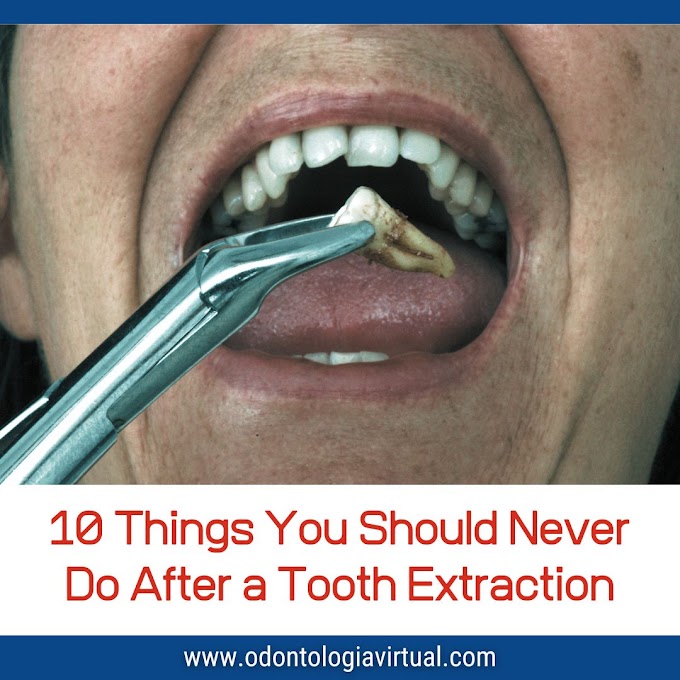The aim of this case report was to evaluate the clinical performance of a onepiece implant in a partially edentulous anterior mandible.
Over the past two decades, implant treatment has become one of the first options for the prosthetic rehabilitation of edentulous and partially edentulous jaws.
The actual Branemark concept consists of a two-piece dental implant designed to be used in a two-stage treatment procedure.
After raising a soft tissue flap, the implant is placed into the bone, which is followed by repositioning to cover the implant during healing.
Following a healing period, a new flap is raised, and a transmucosal abutment is attached to the implant to allow the prosthesis to be connected.
The conventional two-piece implant (TPI) design feature has the implant–abutment connection, rendering the design with a weak link in the entire assembly.
A smooth transition from the root analogue to the crown analogue overcomes this drawback of the two-piece (split) implant.
Such a seamless transition of implant to abutment is design advantage offered by one-piece implant (OPI), which actually mimics the natural tooth in its construction and also offers many advantages, namely, strong unibody design, no split parts, singlestage surgery with either flap or flapless approach, and simple restorative technique.
Thus, the unibody design of OPI eliminates the fixture abutment interface (microgap) and mimics natural tooth with seamless transition of the radicular unit to coronal unit.
Following are the indications of OPIs:
(1) Immediate implant placement in fresh extraction socket and
(2) narrow edentulous spaces.
Advantages of OPIs include:
(1) The OPI has more mechanical strength because the implant cross section is solid as compared to TPI.
(2) As OPI has no microgap between the implant and the abutment, it shows reduced marginal bone loss. Thus, the loss of alveolar bone around the implants is minimized as it cannot harbor bacteria.
(3) OPI reduces the requirement of multiple surgical procedures and prosthetic components, thereby reducing inventory (abutments, impression copings, implant analogs, etc.) and cost.
(4) No loosening or fracture of the abutment screw.
(5) The final crown margins preparation can be controlled in a rapid and easy manner.
(6) The OPI follows the conventional crown and bridge procedure.
Disadvantages of OPIs include:
(1) It cannot be used in case of tilted abutments in which the tilt is more than 10 to 15° aas heavy occlusal loads are applied in posterior edentulous areas over the restoration immediately.
(2) it allows only the use of a knife-edge margin for the final prosthesis as providing chamfer of shoulder to final restoration leads to structural weakness in the final restoration.
An OPI allows a minimally invasive transmucosal flapless placement, and it limits the requirement of hard tissue grafting procedures.
The present case study evaluated the clinical performance of an OPI in a partially edentulous anterior mandible.















